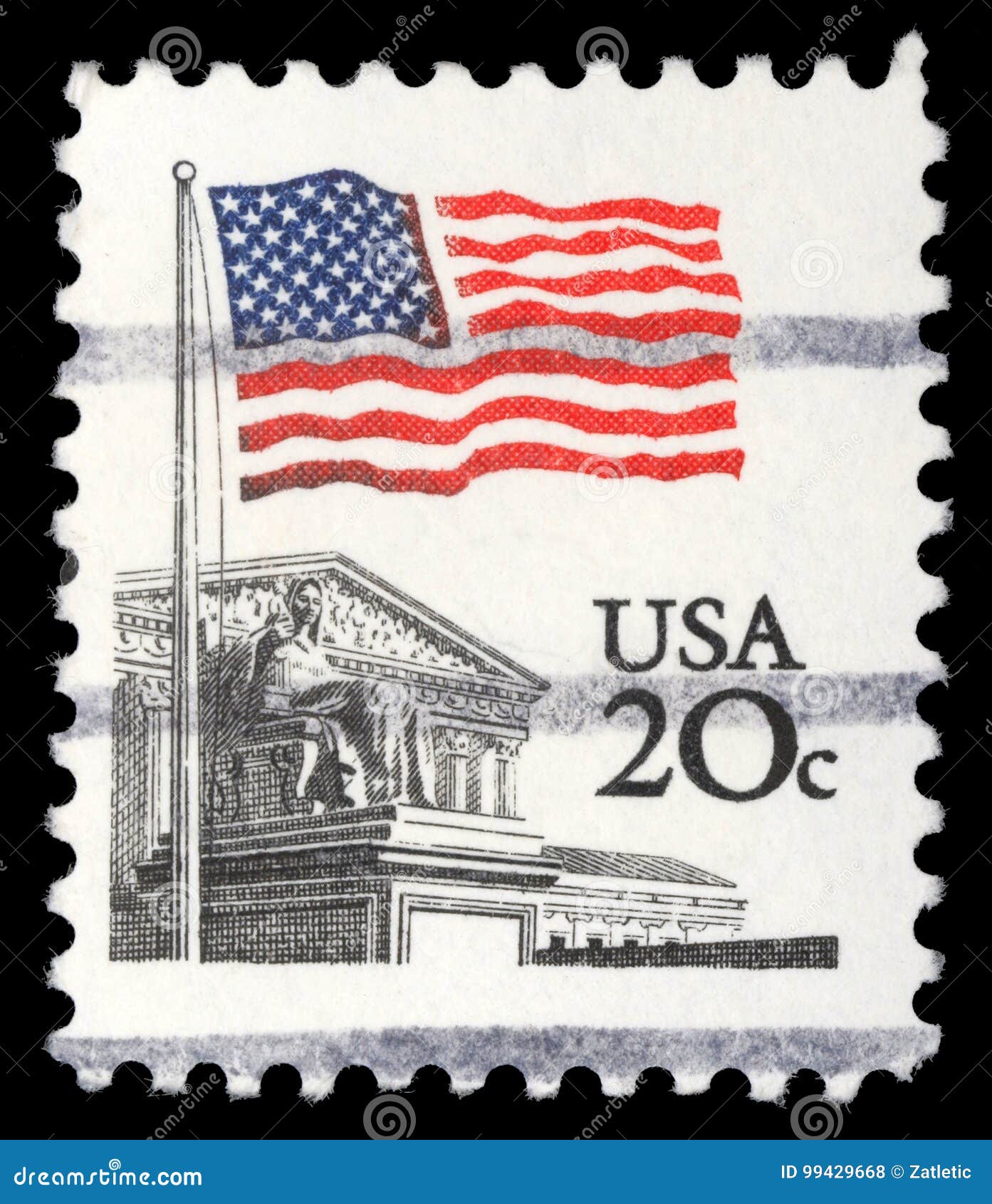

If the sidecar is more recent than the latest time stamp in the database record, then the sidecar is the authoritative record. To make this work, you have to use a lot of timestamps. If an image is renamed the ID can be used to reconnect it to the sidecar, and to fix the database.

If a sidecar is corrupted, it can be rebuilt from the database. If the database crashes, it can be rebuild from the sidecars.
#Photo supreme stamp metadata serial number#
This could be the EXIF time stamp (Not unique - multiple shots per second, multiple cameras.) If your program reads makernotes, the best one is Camera model + Camera serial number + timestamp + hundredths of a second. This can be an actual tag like the copyright one mentioned above, or it can be a derived tag from information in the image.
#Photo supreme stamp metadata update#
One compromise is to write all changes first to a transaction file (fast.) and then a background process does the database update in the background. In general robustness is gained at the cost of performance and complexity. (Problem for people using aperture)ĭatabases frequently are optimized in different ways. Good database design isn't easy.ĭatabases are frequently proprietary. Good database design has redundancy built in so that you can repair/rebuild. But hard disks have errors, and a single error can make a database partially or fully unusable. If the implementation of the database is solid, there isn't much to worry about. This has serious performance issues.ĭatabases are fast, but they are blobby, and you are writing into the middle of blobs of data. The alternative, writing a new file, then replacing the old file requires that the entire file be both read and written, rather than just a chunk of it. Some file formats (Photoshop PSD) are noted for mangling metadata.Ī glitch during the write process can corrupt the image file. Some file formats don't have any metadata capability. Your program has to read at least the first few blocks of every image. Keeping all metadata (or as much as you can) in the original images makes for very slow access. Then as long as the DAM keeps that string the same length you are golden.

Random Shutterbug Image XXXX-XXXX-XXXX-XXXX-XXXX-XXXX If you tell your camera to put the copyright string Copyright 2018 J. Most RAW formats are well understood enough now to at least identify and replace strings of metadata with the same length string. Writing to the original files can corrupt the file. This makes all of your data recoverable if your database crashes.Typically these files have the same name as the primary file, but a different suffix. You upgraded your computer and your database program doesn't work there.Ī third option is to write metadata to sidecar files.If you can write more info into the file - keywords, captions - then you are saved from: In principle this can be a single unique ID. If at least some cataloging information is written to the image, then you can reconnect a file to your database. One of the more important differences is that some applications save metadata into the images (overwriting the originals in a way) and some save it into their databases.Īlthough I prefer to keep the originals always untouched, I can see how the approach of having all metadata with the image itself could prove beneficial.Īre there any non obvious advantages/disadvantages to one approach or the other, and what is generally considered best practice (aware, that this is somewhat subjective, so if you could give a reason or two)? In my search for a perfect photo management application (I know :) I've been doing a bit of comparison between the few applications that seem attractive to me feature / cost wise.


 0 kommentar(er)
0 kommentar(er)
